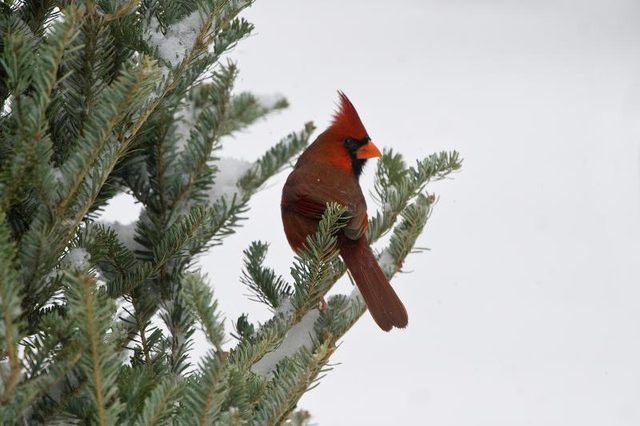Bulbs
Flower Basics
Flower Beds & Specialty Gardens
Flower Garden
Garden Furniture
Garden Gnomes
Garden Seeds
Garden Sheds
Garden Statues
Garden Tools & Supplies
Gardening Basics
Green & Organic
Groundcovers & Vines
Growing Annuals
Growing Basil
Growing Beans
Growing Berries
Growing Blueberries
Growing Cactus
Growing Corn
Growing Cotton
Growing Edibles
Growing Flowers
Growing Garlic
Growing Grapes
Growing Grass
Growing Herbs
Growing Jasmine
Growing Mint
Growing Mushrooms
Orchids
Growing Peanuts
Growing Perennials
Growing Plants
Growing Rosemary
Growing Roses
Growing Strawberries
Growing Sunflowers
Growing Thyme
Growing Tomatoes
Growing Tulips
Growing Vegetables
Herb Basics
Herb Garden
Indoor Growing
Landscaping Basics
Landscaping Patios
Landscaping Plants
Landscaping Shrubs
Landscaping Trees
Landscaping Walks & Pathways
Lawn Basics
Lawn Maintenance
Lawn Mowers
Lawn Ornaments
Lawn Planting
Lawn Tools
Outdoor Growing
Overall Landscape Planning
Pests, Weeds & Problems
Plant Basics
Rock Garden
Rose Garden
Shrubs
Soil
Specialty Gardens
Trees
Vegetable Garden
Yard Maintenance
How to Grow Fraser Fir Trees
How to Grow Fraser Fir Trees. Think of the classic Christmas tree and you'll get a clear vision of the Fraser fir (Abies fraseri): flattened, shiny, dark green needles spiraling up to a pyramidal shape. Fraser fir is used as a holiday tree, but it is also an attractive evergreen for large backyards away from city pollution.

Think of the classic Christmas tree and you'll get a clear vision of the Fraser fir (Abies fraseri): flattened, shiny, dark green needles spiraling up to a pyramidal shape. Fraser fir is used as a holiday tree, but it is also an attractive evergreen for large backyards away from city pollution.
Appalachian Natives
Native to a small area in the Appalachian Mountains, Fraser fir grows in the wild at an elevation of 4,500 to 6,900 feet above sea level. A mature Fraser fir can rise to 50 feet with a spread no more than 30 feet. The needles are dark green but silver-banded beneath, and the purple seed cones stand erect on the branches. The tree is an American native, but it is named for Scottish botanist John Fraser, who introduced the first specimens to the U.K.
Cool-Climate Fir
The Fraser fir is rare in the wild in modern times, but its mountain beginnings continue to influence where it's grown. Its native range is a cold, foggy, moist area that can be termed a cool-temperate rainforest, with some 75 to 100 annual inches of precipitation spread throughout the year, where summer temperatures stay below 60 degrees Fahrenheit. The Fraser is not a fir for warm climates, even with extra care, and only grows well in U.S. Department of Agriculture plant hardiness zones 4 through 7.
Growing Conditions
You should plant Fraser fir in moist, well-draining, slightly acidic soil, spacing multiple trees at least 30 feet apart. Although this fir tolerates some standing water, it will not grow well in heavy clay soils. The area should provide at least partial sun, and the tree will grow fastest with full sun. You don't need to prune or fertilize Fraser fir. The tree has shallow roots and needs protection in windy areas. Do not plant the tree in an urban area because it does not tolerate pollution.
Balsam Woolly Adelgid
Despite its narrow growing range, the Fraser fir does not suffer from serious insect or disease problems as long as it is planted appropriately. Its primary enemy is the balsam woolly adelgid, a flightless insect invader that has killed several million trees. Unfortunately, it is difficult to control this insect even in ornamental specimens. If you notice cottony masses of gray eggs on twigs of a young fir, scrape them off with a metal brush and hose down the tree. If your fir tree is infested, you can call in a professional to spray the entire tree with imidacloprid with a high-pressure sprayer. Alternatively, the Oregon Department of Forestry recommends replacing the tree.